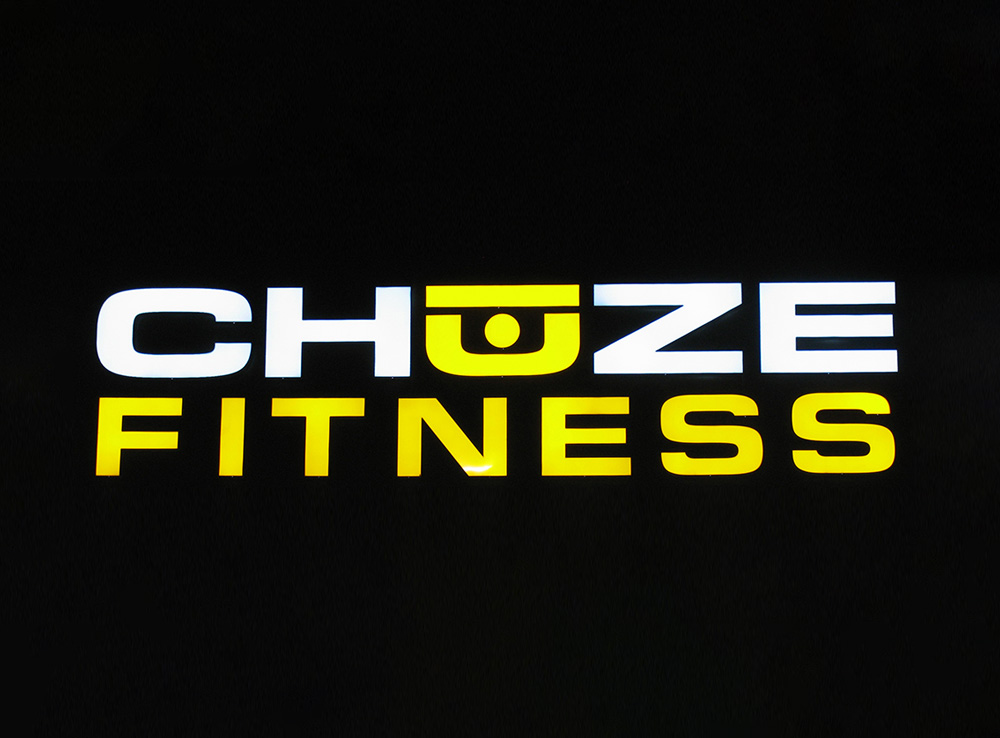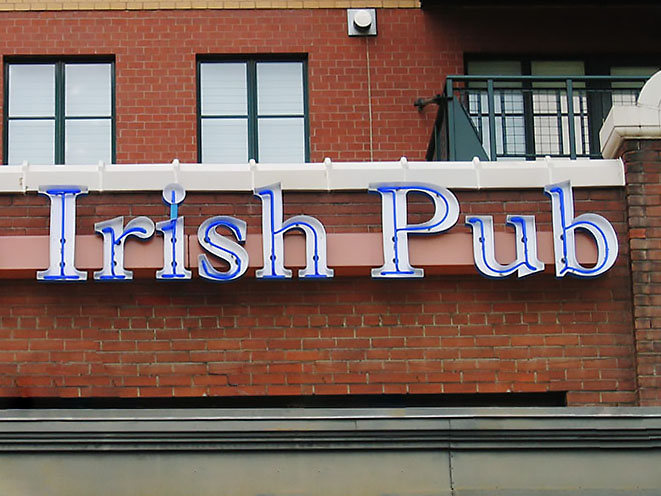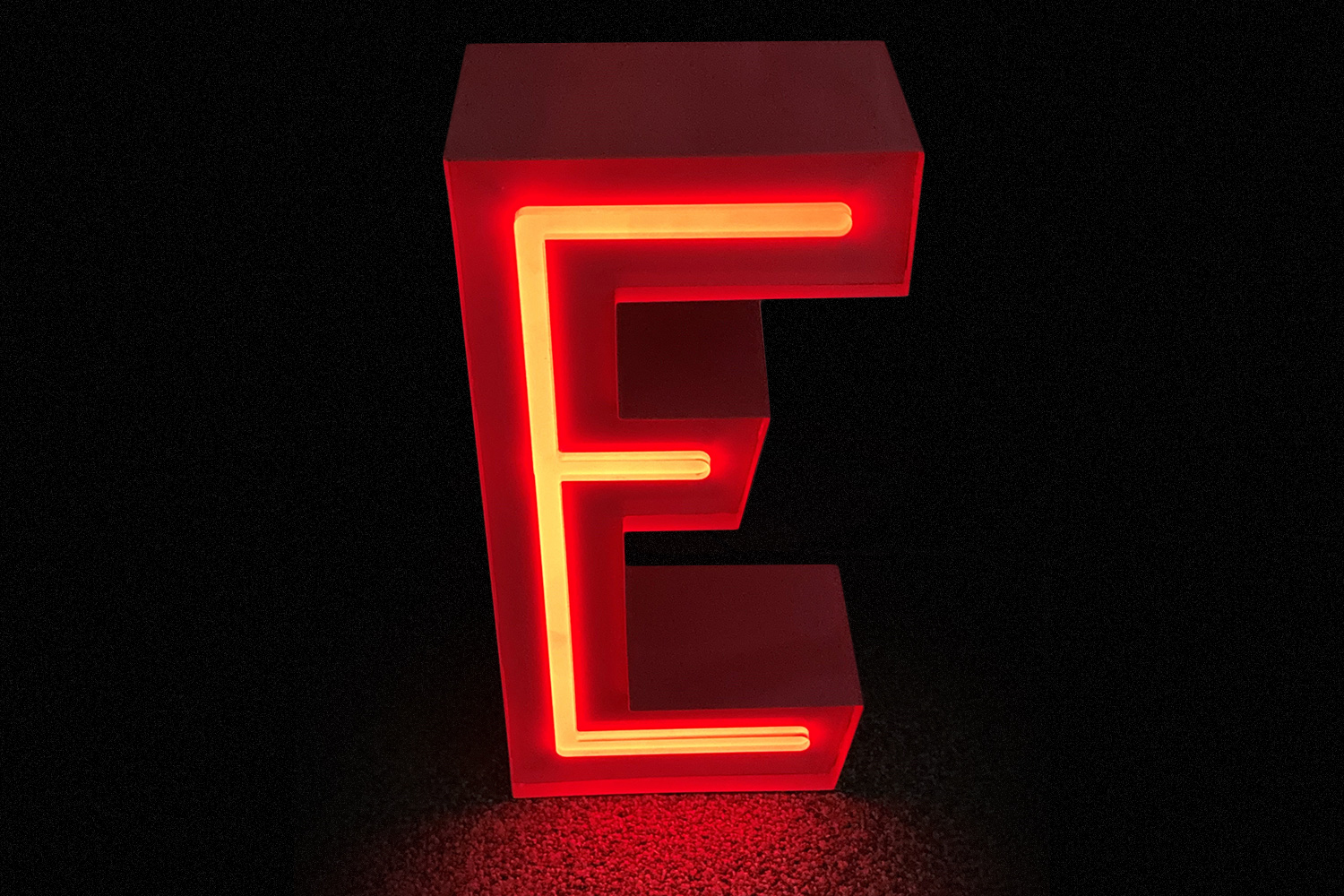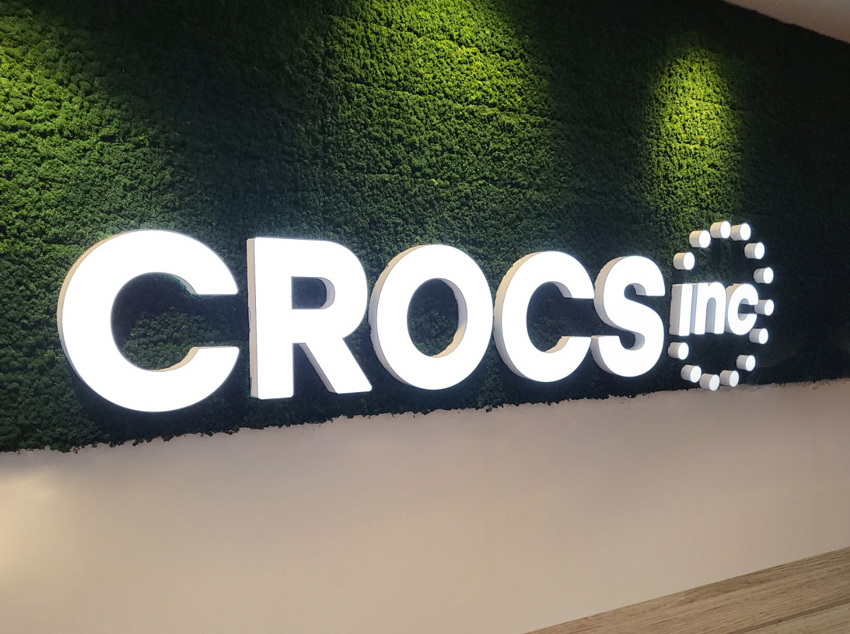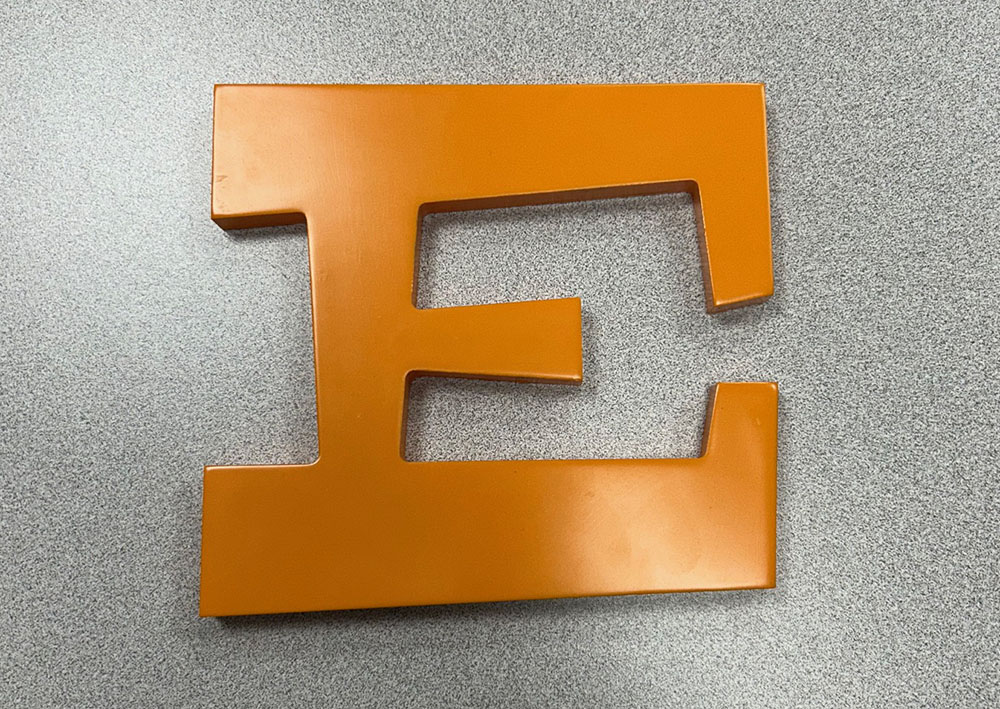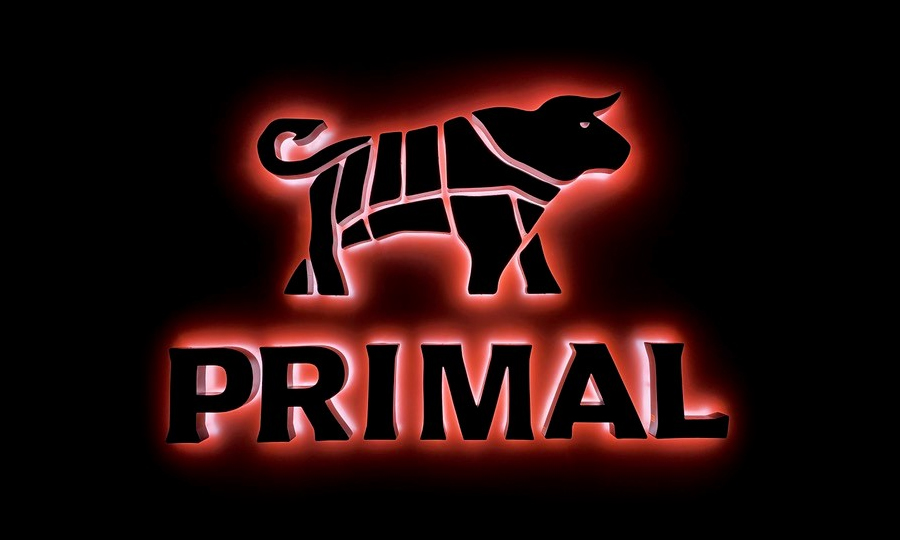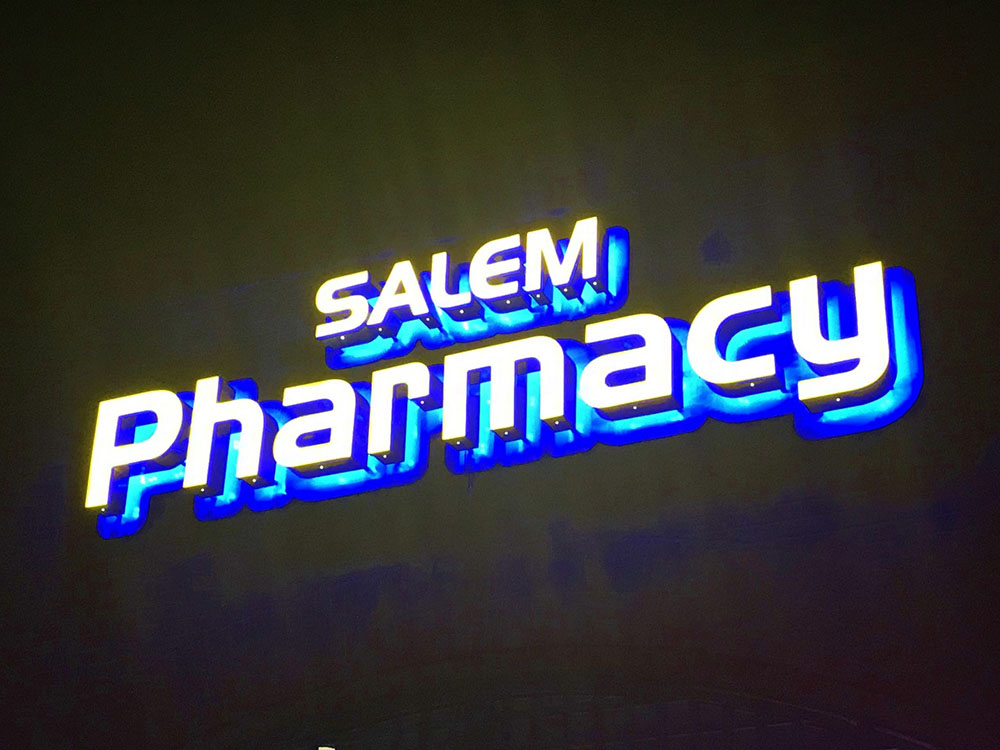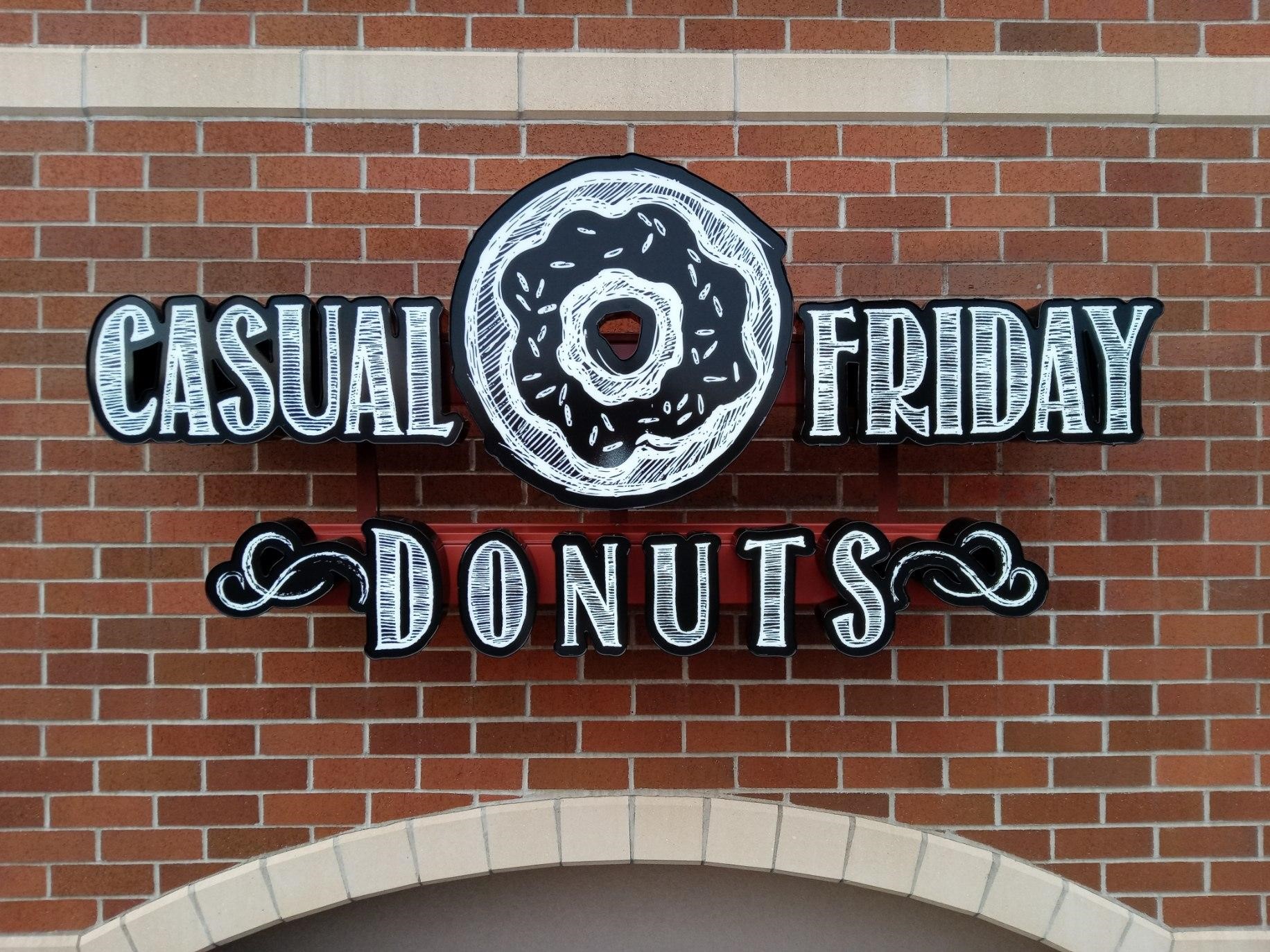Products
At Direct Sign Wholesale, we offer a variety of channel letter signs for wholesale and resellers, so you can focus on your clients and provide the best quality signage for the best price. Whether you need something large or small, simple or dramatic, lit or unlit – we’re here to help you succeed. Call us today!
Front lit channel letter signs are the most common type of 3D channel letter used as they are cost effective, highly visible, and they draw attention both the day or night.
Open Face Channel Letters, or open cans, are channel letter back and returns without the front acrylic or trim caps. Because they are open, they are often used for exposed neon or marquee lighting, providing a vintage or retro appearance.
Push-through signs are distinctive and eye-catching signage that combines dimensional letters with a soft, elegant glow. These signs create a captivating effect by pushing acrylic material through the face of an aluminum sheet. Faux neon signs replicate the classic neon effect using a similar style of push through acrylic, and LED lights. Unlike traditional glass-formed…
Trimless Channel Letters are illuminated dimensional letter signs that have no visible margin or trimcap, and the acrylic face extends past the return, so when lit, creates a sharp looking modern lighting effect.
Flat Cut Out Letters, or FCOs, are non-illuminated thick acrylic that has been routed to letters or shapes. These are then painted, and attached with a threaded rod or a vhb tape for mounting. They are a great addition to illuminated channel letters to add extra info or detail that would not otherwise be possible…
Reverse Halo Lit channel letters are used by clients who want an impactful and classy look for their signage. It gives a unique night time look by outlining the silhouette of the logo and letters, often in different colors, which creates a stunning visual that catches they eye.
If your client is looking for a dramatic illumination on their sign, our front and halo lit channel letter signs might be the perfect option. Rather than just being lit from the front or from the back, the effect is unique and more dramatic than illuminating from one side alone.
If your client is looking for a unique way to incorporate their logo into their signage, a contour logo box could be a great option. A contour logo, also known as a logo box or cloud logo, can increase brand awareness, reinforce brand recognition, and communicate what the product is.

